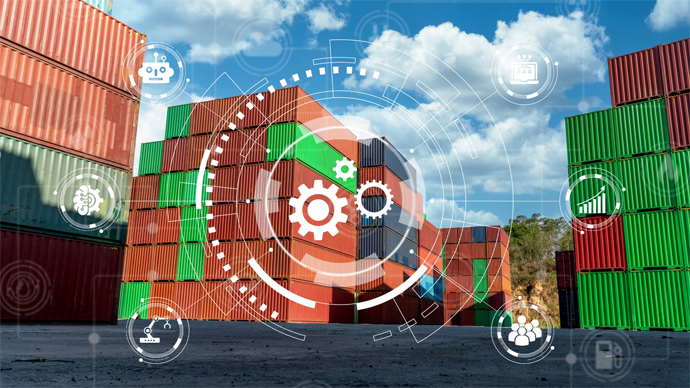What is Reverse Logistics?
← Back
Reverse logistics; It is the name given to the process of protecting the value and conformity of the determined products, recycling that product or destroying that product before environmental damage occurs. In other words, there is a journey from the consumption point to the production point, if a solution cannot be reached, the product is destroyed according to the determined conditions.
Reverse logistics ; It is the name given to the process of protecting the value and conformity of the determined products, recycling that product or destroying that product without causing environmental damage. In other words, there is a journey from the consumption point to the production point, if a solution cannot be reached, the product is destroyed according to the determined conditions.
The sense of responsibility that this recycling practice brings to the institution and to the customer is one of the most important things. Besides these; Reasons such as being recyclable, sensitivity to natural resources, resource use and consumption , non-recycling of non-renewable materials also make reverse logistics an important position.
Reverse Logistics Process
Reverse logistics process ; It starts with the transfer of products from the consumer or user, from stores, collection warehouses and many other points to the service provider institution. These products that reach the service provider institution are subjected to the following processes:
- The review and decision process related to the product obtained begins. The qualities, damage and recyclability of the product are analyzed to answer questions such as whether the product obtained is damaged, can it be recycled, or should it be destroyed.
- As a result of the examination and analysis, the decision phase begins. Depending on the condition of the product, its recycling or disposal is decided.
- In addition, additional equipment (boxes, parcels, etc.) used in the transportation of products are also subject to damage control and their reuse is decided.
- The product, which is considered to be slightly worn as a result of the analysis, can be re-evaluated and offered for sale in a different form.
- The impact of recycled products on the environment is investigated and if necessary, it is decided to dispose of them.
The results and data obtained by the good and disciplined management of this whole process can be of great benefit to the business and the institution. Customer satisfaction is created and customer support is obtained. In the long run, the quality and brand awareness of the business or institution increases. The business or institution that starts to increase its image increases competition and achieves better results. In addition, with reverse logistics, the expectations, thoughts and feedbacks of the customers from the products are also learned.
Reverse Logistics Applications and Importance
The reverse logistics application is an application that has grown and started to be used more widely by many countries and organizations in the world. Every organization wants to solve its raw material needs in the most economical way possible. As a result of this trend, the importance of reverse logistics application emerges more, organizations give more importance to this application.
While reverse logistics applications are an economy-oriented application, they also have an important place in minimizing the damage to nature. Organizations that tend to be more positive towards the environment and to reduce harm have updated their mission and vision according to this event.
Searching for raw materials on the basis of reverse logistics applications and finding the most suitable supplier helps the organization to increase its knowledge and experience on this subject. The raw material supplies, which are realized together with the legal regulations, enable the organization to prevent various problems in the future.
How to Make a Successful Reverse Logistics?
If we want to talk about the success situation for reverse logistics activities , there are two elements that you need to consider. These elements are:
- Meeting the raw material needs with suitable options.
- Increasing the demand of the customer group addressed by the organization for the materials or goods produced by the organization or maintaining the current ratio.
These situations minimize the risks of the organization within the sector. With this application, the organization that takes part in projects and screenings can give an environmentally friendly image.
Working voluntarily for a sustainable environment, Horoz Logistics also provides services for reverse logistics, a type of logistics that serves this purpose.

 HONEST
HONEST Eğitim Portalı
Eğitim Portalı Müşteri Portalı
Müşteri Portalı Bize Ulaşın
Bize Ulaşın